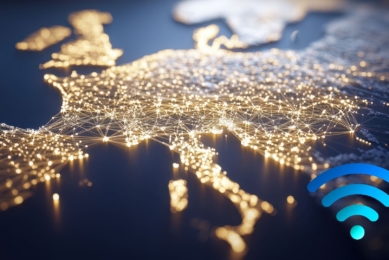As we head into summer, it’s the perfect time to reflect on how we’re helping build a more sustainable digital future. Whether you’re a partner, policymaker, or simply passionate about a greener future, here are three ways Genexis is driving change and how you can be part of it.
Tip 1: Rethinking the FTU: from raw material to net zero
Why it matters: Our Fiber Termination Units (FTUs) are more than just hardware—they’re a symbol of circular design. In our latest video, we take you behind the scenes of how we’re building FTUs with Rompa Group that are ready for a net zero economy.
What we are doing:
- Genexis FTUs are made from recycled materials, with low-carbon alternatives in testing since 2021
- Genexis FTUs are produced using 100% renewable energy from 2025
- Genexis FTUs are assembled in a social workplace in the Netherlands
Watch the video to see how partnerships like ours with Rompa Group are helping us reach our goal of a carbon-neutral FTU by 2030.
Tip 2: Standardizing sustainability across Europe
Why it matters: The environmental impact of fiber networks is now easier to measure and compare thanks to NLconnect’s Product Category Rules (PCRs), which have been officially added to the Dutch National Environmental Database (NMD). This means Environmental Product Declarations (EPDs) for fiber products can now be recognized across the EU, helping telecom operators and suppliers make smarter, greener decisions.
We’re proud to have contributed to developing, and now aligning with these standards which shift CO₂ reporting from averaged estimates to product-specific data. It’s a big step toward transparency and accountability in the telecom industry.

Check out how NLconnect’s PCRs are shaping the future of fiber sustainability. This is an article in Dutch, but translates very well with Google.
Tip 3: Fiber as a green investment
Why it matters: A new study by Cartesian, commissioned by the FTTH Council Europe, confirms what we’ve long known: fiber networks are green assets. They offer high energy efficiency and low environmental impact throughout their lifecycle. Power consumption for FTTH access networks (excluding CPE) is over 7 times lower compared to VDSL2+ access networks and 6 times lower compared to Cable access networks, according to the report.

Sustainable finance is key to scaling these networks. By recognizing FTTH as a green investment, we can unlock funding to meet Europe’s Digital Decade goals while reducing emissions. Check out the report to see how fiber is powering both digital and climate transitions.
Progress like this demonstrates that sustainability in fiber isn’t just a trend, it’s a necessity.
By embracing innovation, collaboration, and accountability, we can shape a more responsible digital landscape. For deeper insights and updates on our progress, check out Genexis’ sustainability page.


